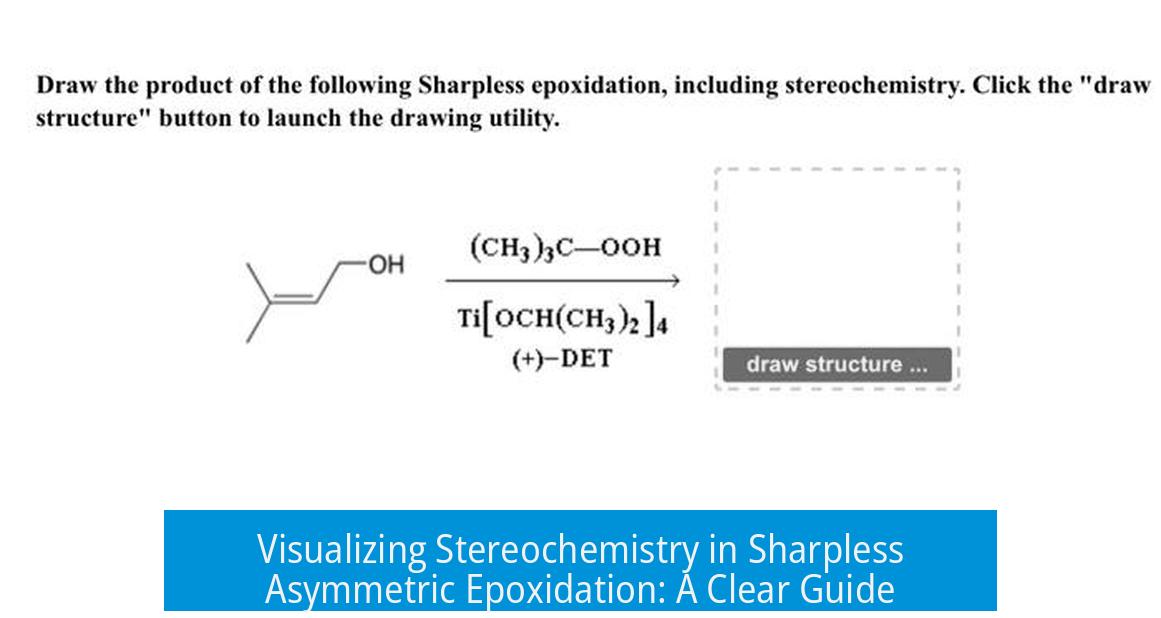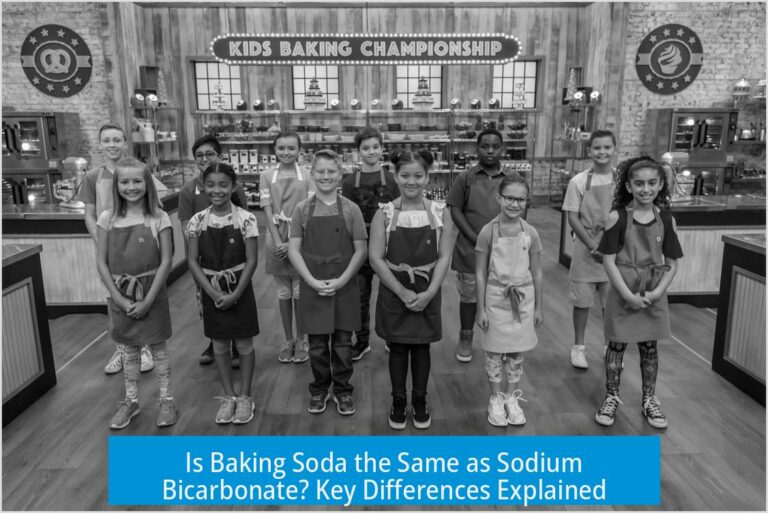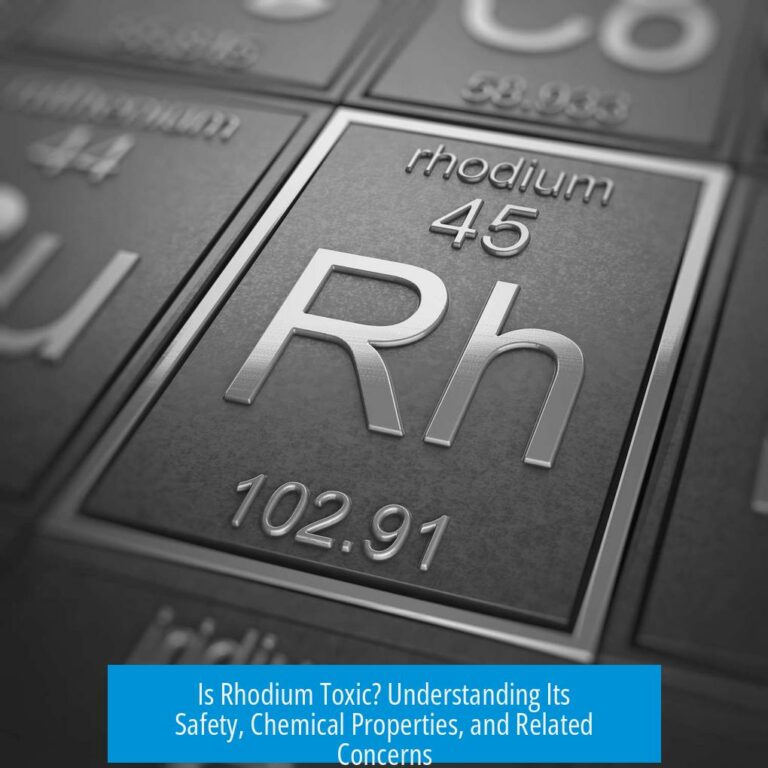Visualizing Sharpless Asymmetric Epoxidation Stereochemistry
The best way to visualize how Sharpless asymmetric epoxidation works stereochemically is by using the “left hand rule” mnemonic, which helps predict the stereochemical outcome based on the orientation of the alkene and the chiral diethyl tartrate (DET) ligand.
Understanding the Basic Concept
The exact origin of enantioselectivity in Sharpless asymmetric epoxidation remains not fully understood at the mechanistic level. However, chemists widely use a simple physical mnemonic to reliably predict which enantiomer of the epoxide will form. This mnemonic involves the orientation of the left hand’s fingers and thumb to represent substrate and catalyst alignments.
The Left Hand Rule
- Place the index and middle fingers together to mimic the double bond (alkene) of the substrate.
- Create an “L” shape by extending the thumb perpendicular to these fingers.
- Align your thumb to point toward the carbon atom bearing the hydroxyl group of the allylic alcohol.
- Your index and middle fingers point along the alkene double bond.
This hand positioning models the spatial arrangement during the epoxidation process.
Linking DET Enantiomers to Stereochemistry
The stereochemistry depends on whether (+)-DET or (-)-DET is used. The mnemonic also encodes this:
| DET Enantiomer | Mnemonic | Epoxide Formation Direction |
|---|---|---|
| (+)-DET | + = plus, p = palm | Epoxide forms on the side toward your palm |
| (-)-DET | – = negative, n = kNuckles | Epoxide forms on the side toward your knuckles |
By positioning the left hand as described, the user can predict which face of the alkene the oxygen atom will add to, yielding an enantioselectivity that matches experimental results.
Summary of Visualization Steps
- Align index and middle fingers along alkene.
- Position thumb toward allylic hydroxyl carbon.
- Determine DET enantiomer used.
- For (+)-DET, epoxidation occurs on palm side.
- For (-)-DET, epoxidation occurs on knuckle side.
Key Takeaways
- Sharpless epoxidation stereochemistry can be predicted with a simple left-hand mnemonic.
- The exact mechanistic origin of selectivity remains unconfirmed.
- Orientation of DET enantiomer controls which face of the alkene is epoxidized.
- This rule provides a practical and reliable way to visualize stereochemical outcomes.
How can the left hand mnemonic help visualize the stereochemistry of Sharpless asymmetric epoxidation?
Place your index and middle fingers together to represent the alkene. Form an L with your thumb, pointing it toward the hydroxyl-bearing carbon. This orientation helps predict the stereochemical outcome.
What does the orientation of the palm and knuckles represent in this context?
The palm points the direction for epoxide formation with (+)-DET. The knuckles point the direction for epoxide addition with (-)-DET. This shows how the chiral catalyst controls stereochemistry.
Does the mnemonic explain why the Sharpless epoxidation is selective?
No, it predicts stereochemistry but doesn’t reveal the detailed mechanism. The exact origin of selectivity remains unknown but the mnemonic aids visualization.
How do (+)-DET and (-)-DET influence the stereochemical outcome?
(+)-DET directs epoxide formation toward the palm side of your hand. (-)-DET directs formation toward the knuckles side. This distinction reflects the enantiomeric control in the reaction.
Is this hand mnemonic a precise mechanistic model or just a prediction tool?
It is a prediction tool that helps visualize stereochemical trends. It does not represent a detailed or exact molecular mechanism.





Leave a Comment